The 1980s marked a fascinating transition in entertainment history when the rigid boundary between film and television began to blur. Before this era, moving from the big screen to the small screen was often viewed as a career downgrade—a reluctant step backward rather than a strategic move forward. However, as television production values increased and cable networks expanded, several established film actors made the leap to television and found unprecedented success. These stars didn’t just survive the transition; they thrived, becoming household names and creating some of the most iconic characters in television history. Their weekly presence in living rooms across America often eclipsed their earlier film fame, transforming them into genuine TV royalty.
1. Edward Woodward (The Equalizer)

Before becoming the vigilante problem-solver Robert McCall in “The Equalizer,” Edward Woodward had established himself as a formidable film actor in British cinema classics like “The Wicker Man” and “Breaker Morant.” His performance as a calculating assassin in the psychological thriller “The Assassination Bureau” demonstrated his ability to blend sophistication with lethal capability—traits that would later define his television persona. Woodward’s transition to American television in 1985 might have seemed unexpected for a respected film actor, but it resulted in one of the decade’s most compelling action heroes. As indicated on IMDb, this proved a standout performance among standout performances by Edward Woodward.
What made Woodward’s portrayal of Robert McCall revolutionary was how he brought theatrical gravitas to the role of an aging intelligence operative seeking redemption. Unlike the muscle-bound action stars dominating films of the era, Woodward’s McCall relied on intelligence, experience, and moral authority, creating a new archetype for the thinking person’s hero. His distinctive British accent delivering the show’s tagline—”Got a problem? Odds against you? Call the Equalizer”—became one of television’s most recognizable signatures, helping the series run for four successful seasons and cementing Woodward’s status as television royalty despite his distinguished film pedigree.
2. Angela Lansbury (Murder, She Wrote)
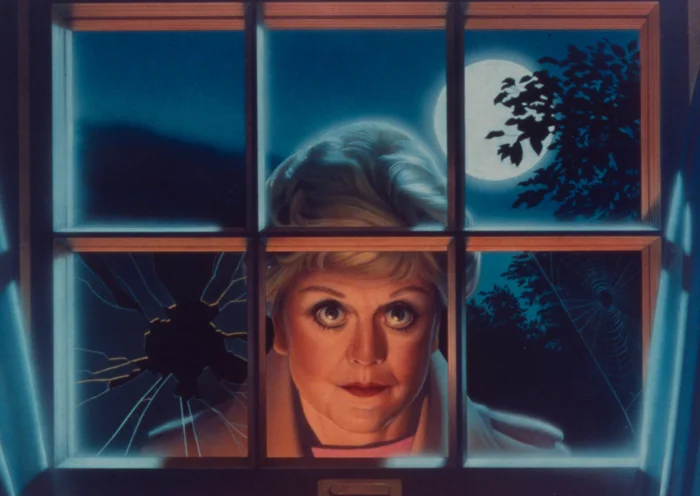
Before becoming everyone’s favorite amateur detective Jessica Fletcher, Angela Lansbury had enjoyed a varied film career spanning four decades, earning Oscar nominations for roles in classics like “Gaslight,” “The Picture of Dorian Gray,” and “The Manchurian Candidate.” Her villainous turn as the manipulative mother in “The Manchurian Candidate” demonstrated her exceptional range, while her performance in “Bedknobs and Broomsticks” showcased her ability to carry a family film. In 1984, at an age when many actresses found roles scarce, Lansbury began her 12-year reign as television’s beloved mystery writer and sleuth. Deadline reports that someday soon, another star may be carrying the torch of this cool role.
“Murder, She Wrote” transformed Lansbury from respected character actress to cultural icon, with Jessica Fletcher becoming one of the most recognized and beloved characters in television history. The show’s phenomenal success—consistently ranking in the top ten and reaching up to 23 million viewers weekly—demonstrated how television could offer accomplished film actors not just career longevity but expanded popularity. Lansbury’s four Emmy nominations and ten Golden Globe nominations for the role (winning four) reflected critical recognition that matched her commercial success, proving that television could provide artistic fulfillment equal to film work for actors willing to make the transition.
3. Michael Landon (Little House on the Prairie/Highway to Heaven)

Before becoming the patriarchal figure Charles Ingalls on “Little House on the Prairie” (continuing into the ’80s) and later the probationary angel Jonathan Smith on “Highway to Heaven,” Michael Landon had established himself as a compelling leading man in films like “God’s Little Acre” and “I Was a Teenage Werewolf.” His transition to television began with “Bonanza” in the late 1950s, but it was his ’70s and ’80s television work that truly elevated him to legendary status. Landon’s ability to produce, direct, write, and star in his television projects gave him creative control that few film actors of the era enjoyed. Remind still remembers Landon as America’s favorite Pa.
What distinguished Landon from other actors who made the film-to-television transition was his complete embrace of television’s potential for family-oriented storytelling with moral messages. His shows consistently addressed difficult themes—alcoholism, racism, disability—within frameworks accessible to viewers of all ages, creating programming that brought families together in front of the television set. Landon’s omnipresence in American living rooms throughout the ’70s and ’80s made him one of the most recognizable and trusted figures in entertainment, with ratings that consistently outperformed most theatrical films of the era.
4. Andy Griffith (Matlock)
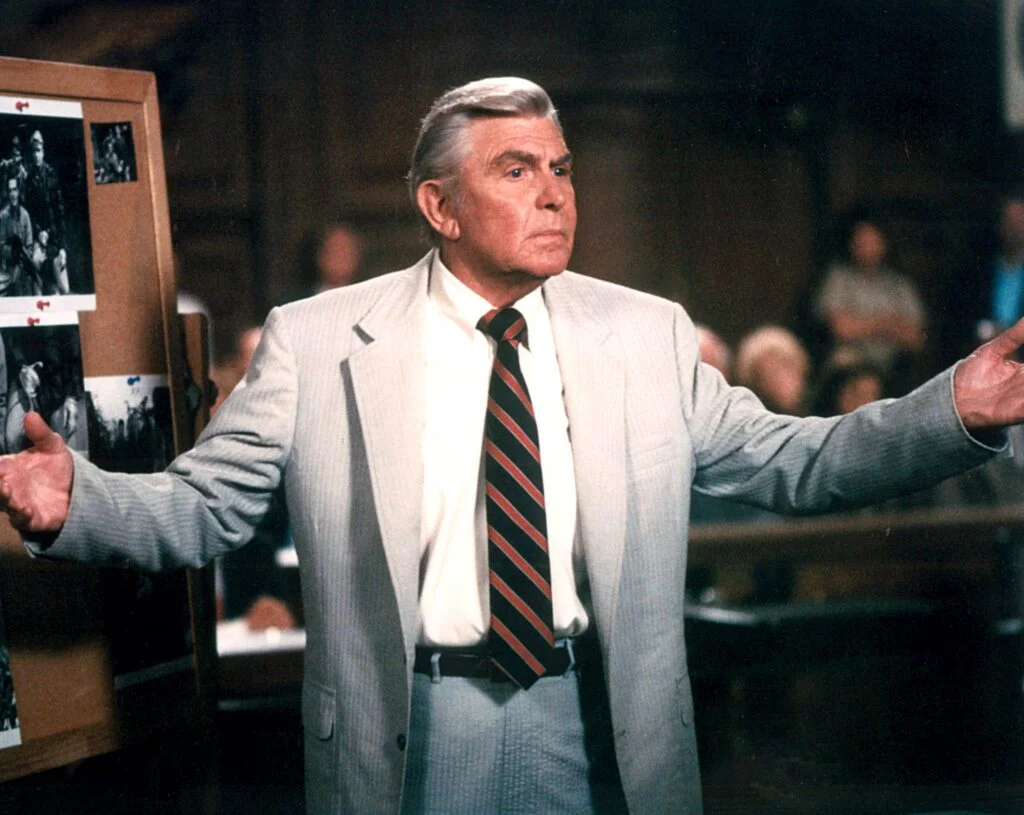
Before donning the trademark white suit as folksy but brilliant attorney Ben Matlock, Andy Griffith had demonstrated remarkable dramatic range in films like “A Face in the Crowd,” where he played a manipulative media personality on a corrupting rise to power. His early film work revealed a depth and darkness that surprised viewers who later knew him only from his more genial television personas. After already achieving television success with “The Andy Griffith Show” in the 1960s, Griffith made a triumphant return to television prominence in 1986 with “Matlock,” which ran for nine successful seasons.
What made Griffith’s second act as television royalty remarkable was how completely he reinvented himself for a new generation while maintaining the trustworthy persona that had endeared him to viewers decades earlier. “Matlock” smartly capitalized on Griffith’s natural charm and storytelling abilities while adding a legal procedural framework that appealed to the maturing television audience of the 1980s. The show’s consistent ratings success—particularly among older viewers—demonstrated television’s unique ability to create comfort-food entertainment built around established stars, offering Griffith a career longevity few of his film contemporaries enjoyed.
5. Tom Selleck (Magnum, P.I.)

Before growing his iconic mustache as private investigator Thomas Magnum, Selleck had built a respectable if not spectacular film career with roles in movies like “Myra Breckinridge” and “The Seven Minutes.” His breakout opportunity nearly came with “Raiders of the Lost Ark,” but his television commitment to “Magnum, P.I.” prevented him from accepting the role that made Harrison Ford a superstar. What initially seemed like career misfortune turned into television gold as Selleck’s charismatic portrayal of the Hawaiian-shirt-wearing Vietnam veteran turned private investigator made him one of the decade’s most recognizable stars.
“Magnum, P.I.” showcased Selleck’s unique appeal—masculine without being threatening, handsome yet relatable, capable of both action sequences and emotional vulnerability. The show’s blend of adventure, comedy, drama, and occasional social commentary provided Selleck with a platform to display his considerable range, earning him an Emmy Award and consistent ratings success. His post-Magnum film career, including hits like “Three Men and a Baby,” demonstrated how television stardom could enhance rather than diminish big-screen opportunities, reversing the traditional career trajectory and proving that television royalty could command respect across multiple media.
6. Telly Savalas (Kojak)
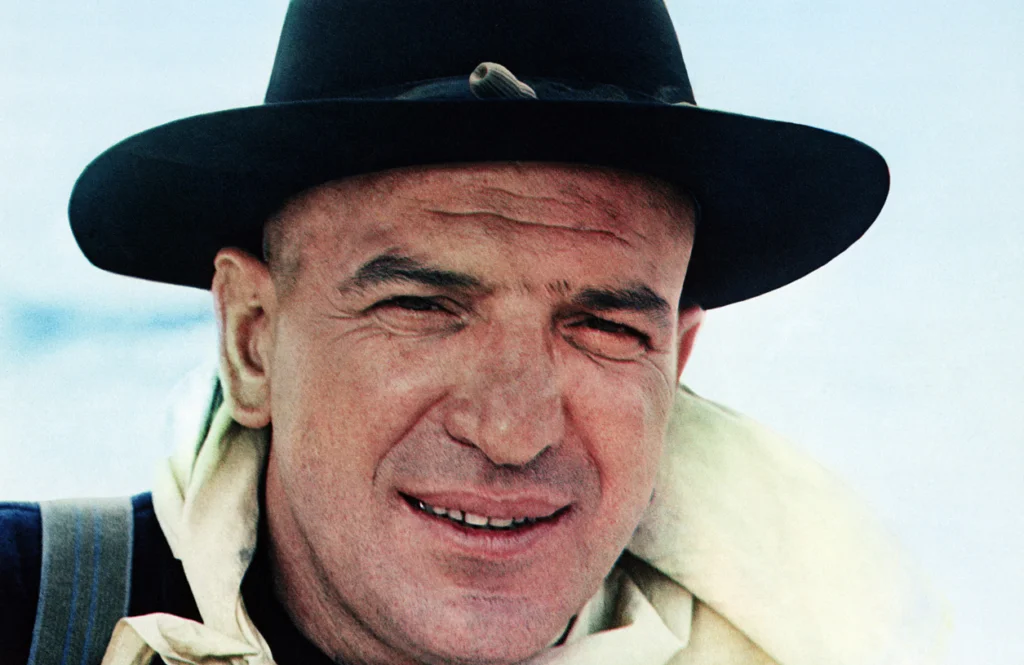
Before his trademark lollipop and catchphrase “Who loves ya, baby?” made Lieutenant Theo Kojak a cultural phenomenon, Telly Savalas had established himself as a formidable character actor in films like “The Dirty Dozen,” “Battle of the Bulge,” and “On Her Majesty’s Secret Service.” His Oscar nomination for “Birdman of Alcatraz” demonstrated his dramatic capabilities, while his villainous turn as Ernst Stavro Blofeld showed his range. Though “Kojak” began in the 1970s, its continued success in syndication throughout the 1980s and revival TV movies maintained Savalas’s status as television royalty throughout the decade.
What made Savalas’s television transformation remarkable was how completely he owned the character of Kojak, creating a detective archetype that influenced crime dramas for decades. His distinctive appearance—bald head, lollipop, tailored suits—created an instantly recognizable visual signature that made him one of television’s most imitated characters. Savalas brought film-quality intensity to the small screen, elevating the police procedural genre with his commanding presence and demonstrating how accomplished character actors could find greater creative fulfillment in television roles than as supporting players in features.
7. Linda Evans (Dynasty)
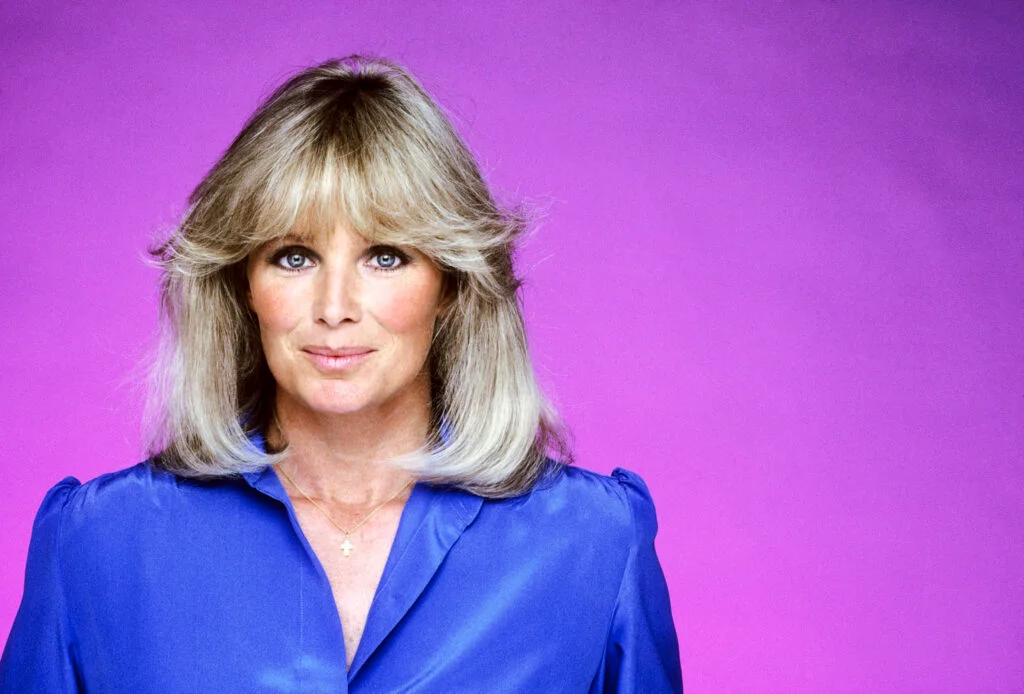
Before embodying the elegant Krystle Carrington on “Dynasty,” Linda Evans had established herself in films like “Beach Blanket Bingo” and westerns like “Those Magnificent Men in Their Flying Machines.” Her early career, while solid, hadn’t made her a major star—a status that would dramatically change when she joined the cast of “Dynasty” in 1981. As the moral center amid the show’s excessive glamour and melodrama, Evans created a character that embodied both aspirational luxury and relatable emotional authenticity.
“Dynasty” transformed Evans from working actress to international fashion icon and television superstar, with her feathered blonde hairstyle becoming one of the decade’s most copied looks. Her catfight scenes with Joan Collins regularly made entertainment headlines, while her Grace Kelly-esque elegance set standards for 1980s glamour that influenced fashion trends worldwide. Evans’s five Golden Globe nominations (with one win) for the role reflected how television had provided her with the starring vehicle that film never had, making her one of the decade’s most photographed and recognized women in entertainment.
8. Carroll O’Connor (In the Heat of the Night)
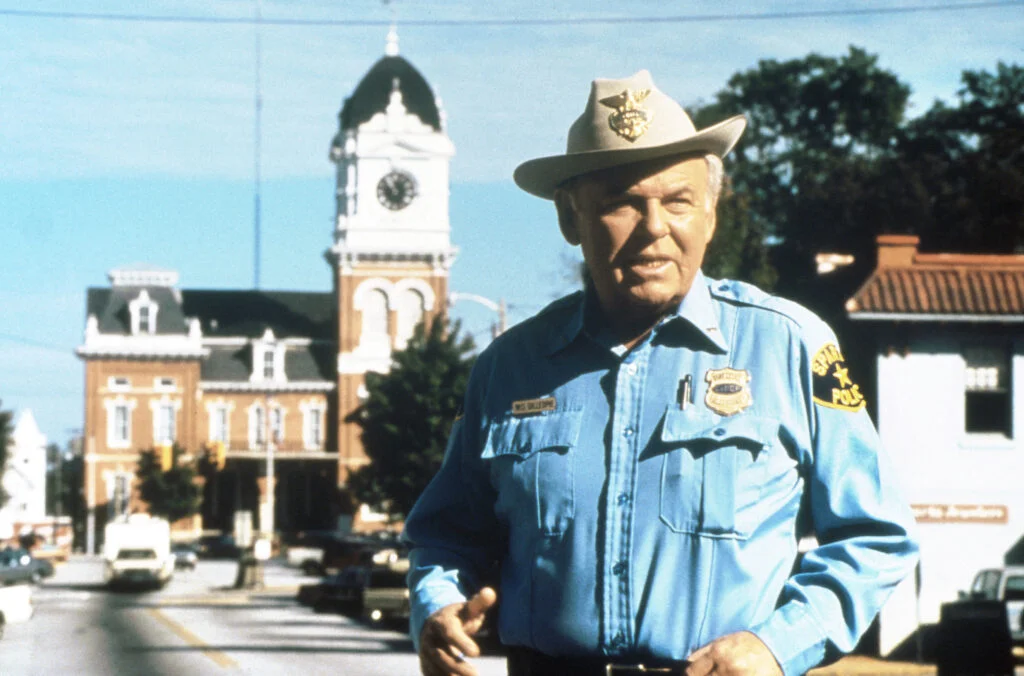
Before bringing Southern police chief Bill Gillespie to life in the television adaptation of “In the Heat of the Night,” Carroll O’Connor had already achieved television immortality as Archie Bunker in “All in the Family” and “Archie Bunker’s Place.” However, his earlier career included significant film work, including roles in classics like “Cleopatra,” “Hawaii,” and “Kelly’s Heroes.” His transition to “In the Heat of the Night” in 1988 represented a remarkable second act in television, proving his range extended far beyond the bigoted but lovable Bunker.
What made O’Connor’s performance as Chief Gillespie particularly impressive was how completely he transformed himself from his earlier iconic role, adopting a Southern accent and thoughtful demeanor that contrasted sharply with Archie Bunker’s Queens bluster. The show tackled complex racial and social issues through the lens of a small Mississippi town, with O’Connor’s nuanced portrayal earning him an Emmy Award and demonstrating television’s growing capacity for sophisticated storytelling. His dual television successes—each lasting multiple seasons with different iconic characters—established a level of small-screen royalty few actors have achieved.
9. Betty White (The Golden Girls)
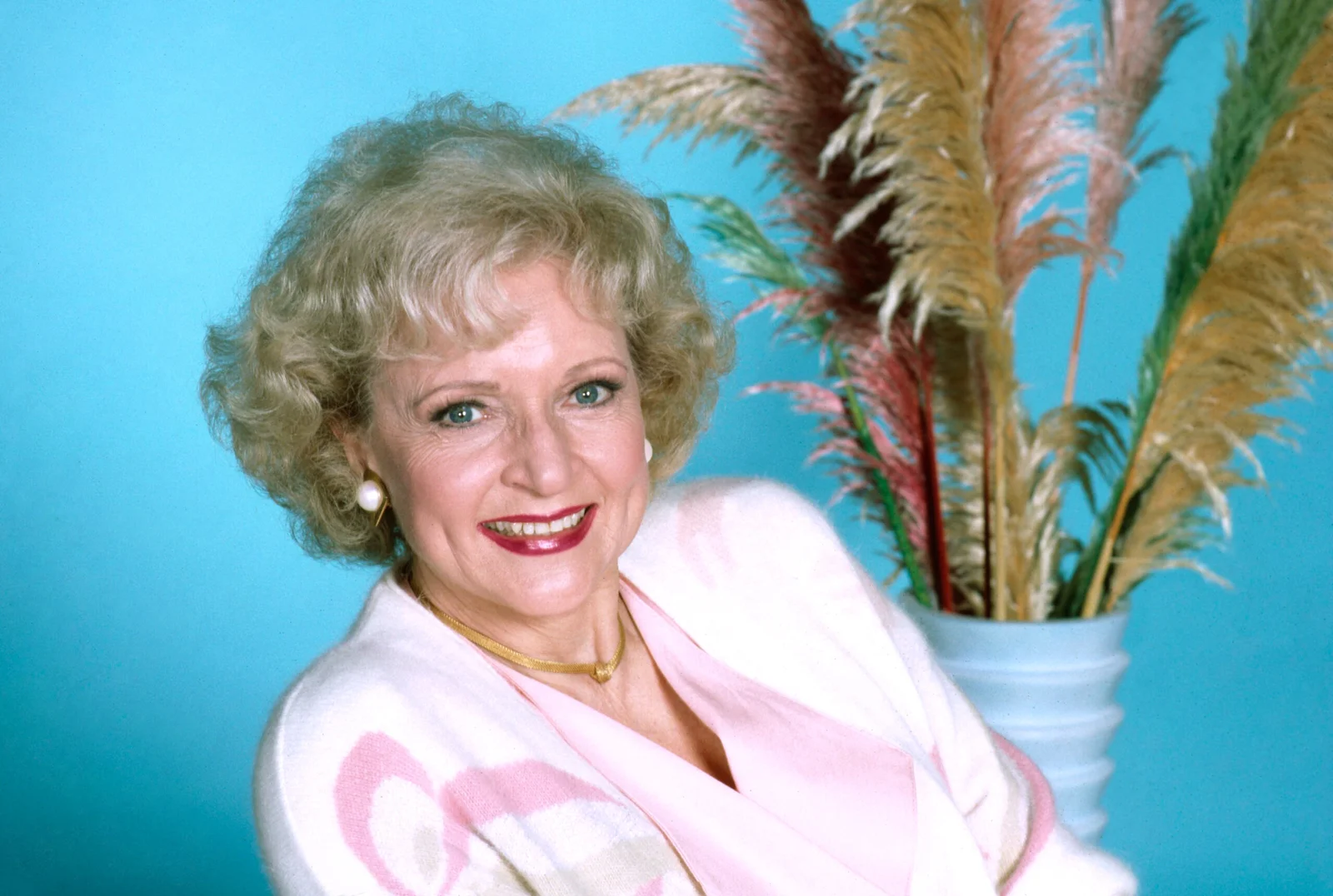
Before stealing scenes as naive but sharp-tongued Rose Nylund on “The Golden Girls,” Betty White had accumulated an impressive resume of film appearances including “Advise & Consent” and “The Proposal” alongside her early television work. While already known to television audiences from “The Mary Tyler Moore Show” and game show appearances, it was “The Golden Girls” that elevated White to television royalty status starting in 1985. The groundbreaking show about four older women sharing a home in Miami became an unexpected ratings powerhouse and cultural phenomenon.
What made White’s transition to mainstream television stardom remarkable was how it reversed the typical actress trajectory—rather than fading from prominence with age, White found her greatest success and popularity in her 60s. Her performance as Rose earned her seven Emmy nominations (winning once) and helped establish “The Golden Girls” as a series that defied conventional wisdom about audience interest in older characters. White’s impeccable comic timing and genuine likability made Rose a fan favorite, beginning a career renaissance that would ultimately span decades and cement her status as an entertainment icon.
10. Sherman Hemsley (The Jeffersons)
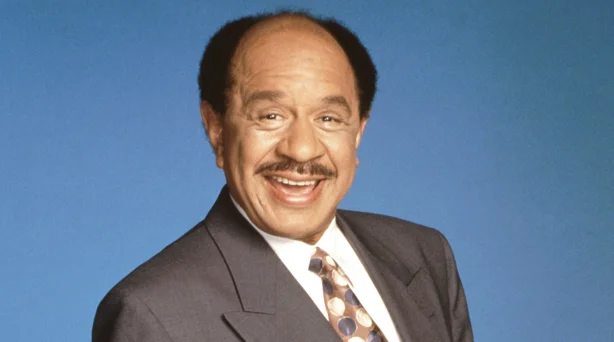
Before “movin’ on up” as entrepreneurial dry cleaner George Jefferson, Sherman Hemsley had established himself as a stage actor with roles in Broadway productions including “Purlie” and appearances in films like “Love at First Bite.” His transition to television began as a supporting character on “All in the Family” before “The Jeffersons” spun off into its own wildly successful series that ran from 1975 to 1985. The show’s unprecedented 11-season run made it the longest-running African American sitcom of its era and transformed Hemsley from working actor to television icon.
What made Hemsley’s portrayal of George Jefferson particularly significant was how he created a complex Black character who was simultaneously ambitious, prejudiced, loving, and vulnerable—a multidimensional portrayal rarely seen on television. His physical comedy and perfect timing brought film-quality performance to the small screen, with his strut becoming one of television’s most recognizable character signatures. Hemsley’s ability to make an often abrasive character deeply lovable demonstrated his exceptional range, while the show’s exploration of class mobility through an African American lens broke new ground for television storytelling.
11. Barbara Stanwyck (The Colbys/Dynasty)

Before bringing her formidable presence to 1980s primetime soaps “The Colbys” and “Dynasty,” Barbara Stanwyck had reigned as one of Hollywood’s most accomplished actresses with classic films like “Double Indemnity,” “The Lady Eve,” and “Stella Dallas” in a career spanning over 50 years. Her four Academy Award nominations and reputation for professionalism made her transition to television in her senior years particularly noteworthy. As the wealthy and manipulative Constance Colby Patterson, Stanwyck brought old Hollywood gravitas to the glitzy excesses of 1980s television melodrama.
What made Stanwyck’s television work remarkable was how it introduced her legendary talent to a new generation of viewers who might never have seen her classic films. Her Emmy-winning performance demonstrated that television could provide worthy vehicles for aging film stars, particularly women who found substantial film roles increasingly scarce after 50. Though “The Colbys” lasted only two seasons, Stanwyck’s participation helped legitimize the primetime soap genre and paved the way for other film actresses to consider television roles they might previously have rejected, proving that television royalty status could be the crowning achievement of an already legendary career.
12. Robert Guillaume (Benson)

Before becoming the sardonic but principled butler-turned-budget-director-turned-lieutenant-governor Benson DuBois, Robert Guillaume had built a distinguished career in both theater and film, including a notable role as Nathan Detroit in an all-Black Broadway production of “Guys and Dolls.” His transition to television began with “Soap” before the character’s popularity led to the spin-off “Benson,” which ran from 1979 to 1986. Guillaume’s exceptional performance earned him two Emmy Awards and transformed him from respected character actor to television star.
What made Guillaume’s television success particularly significant was how his character evolved from servant to political leader over the series’ run, challenging stereotypes and creating one of television’s most developed African American characters. The show’s trajectory—from Benson’s initial role as household manager to his eventual candidacy for governor—reflected changing social attitudes while showcasing Guillaume’s remarkable range from comedy to drama. His ability to deliver cutting remarks with impeccable timing while maintaining the character’s fundamental dignity created a television persona more complex and satisfying than most of his film work had allowed, demonstrating television’s potential for character development beyond what two-hour films could provide.
The transition these accomplished actors made from film to television foreshadowed entertainment’s future, where streaming services would eventually blur the lines between media completely and A-list movie stars would routinely headline prestige television projects. Their willingness to embrace television when many of their peers still considered it a lesser medium demonstrated not just career savvy but an understanding of television’s unique strengths—the ability to develop characters over years rather than hours, to build intimate connections with viewers through weekly visits to their homes, and to reach audiences far larger than most theatrical releases. These pioneering performers didn’t just survive the transition from big screen to small; they reinvented themselves and the medium in the process, achieving a level of cultural impact and career longevity that few film-only stars could match.


